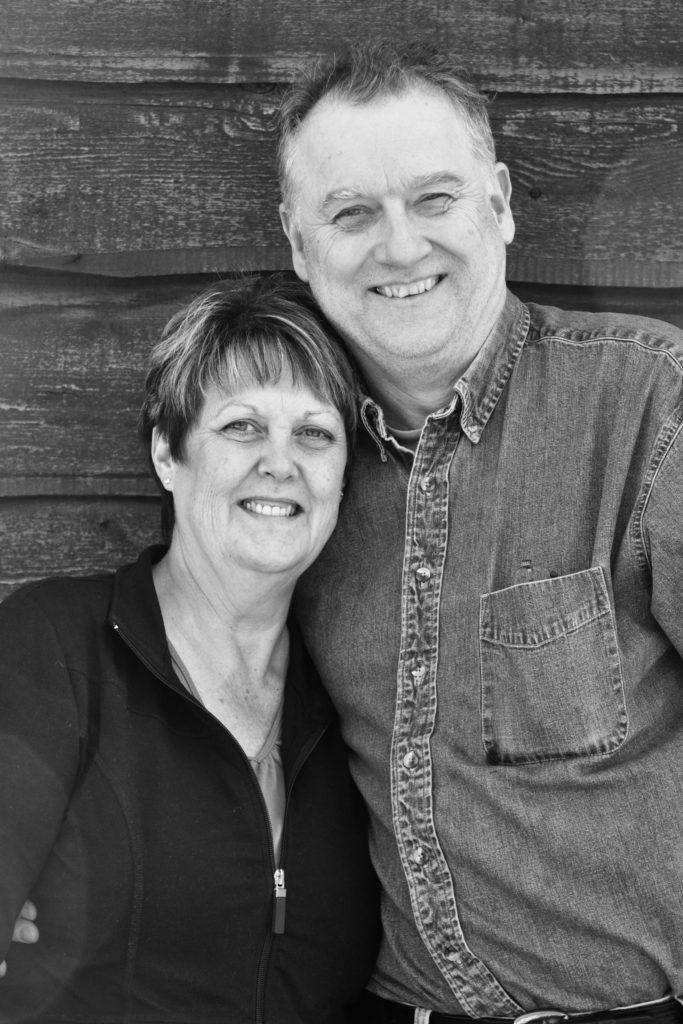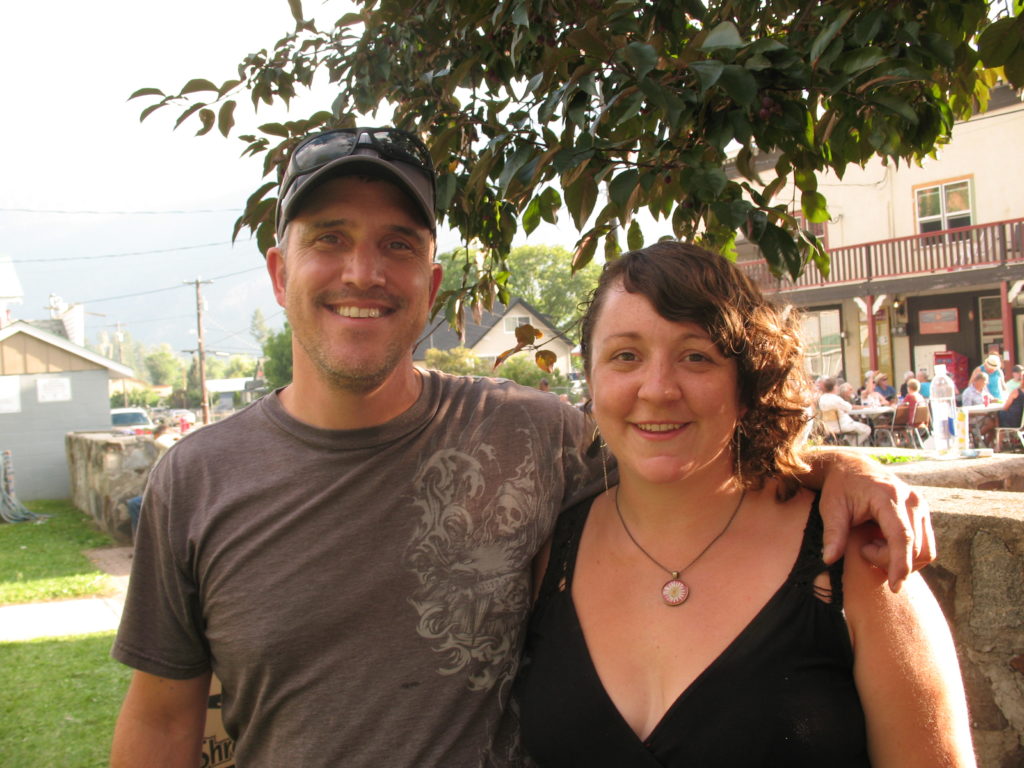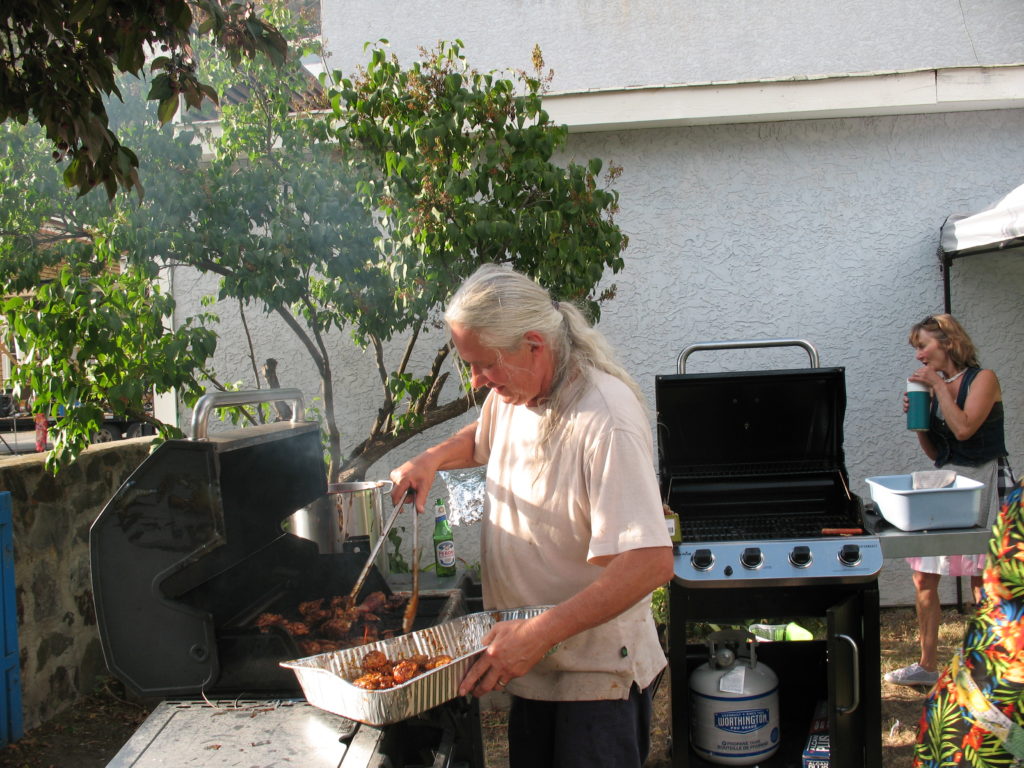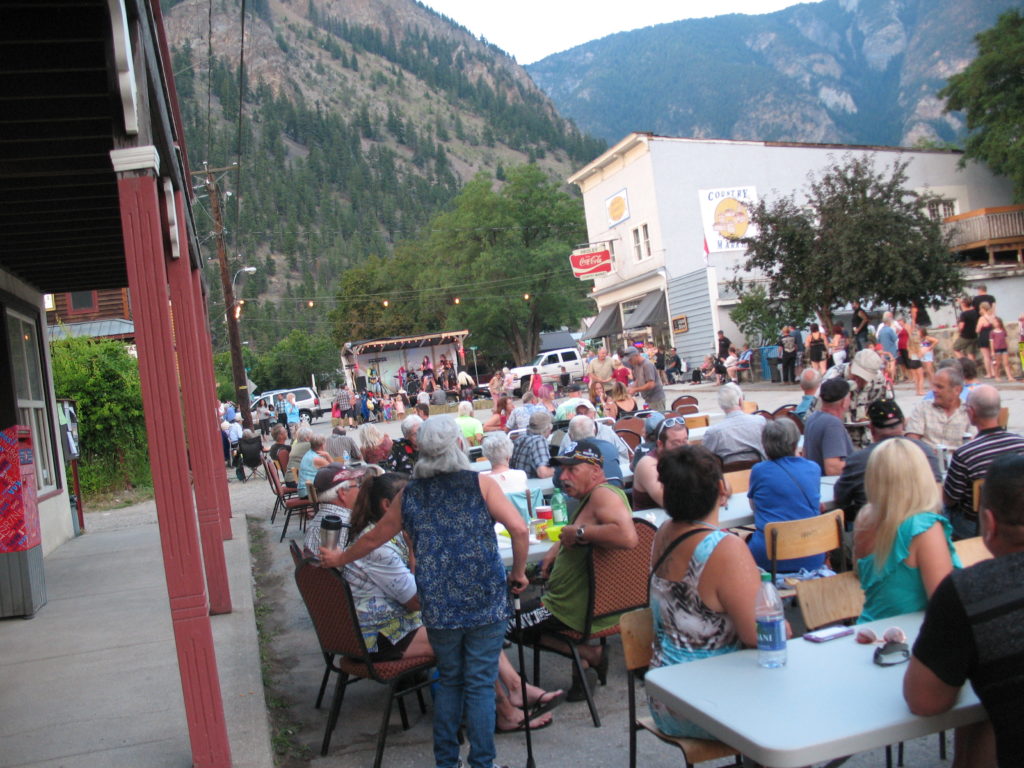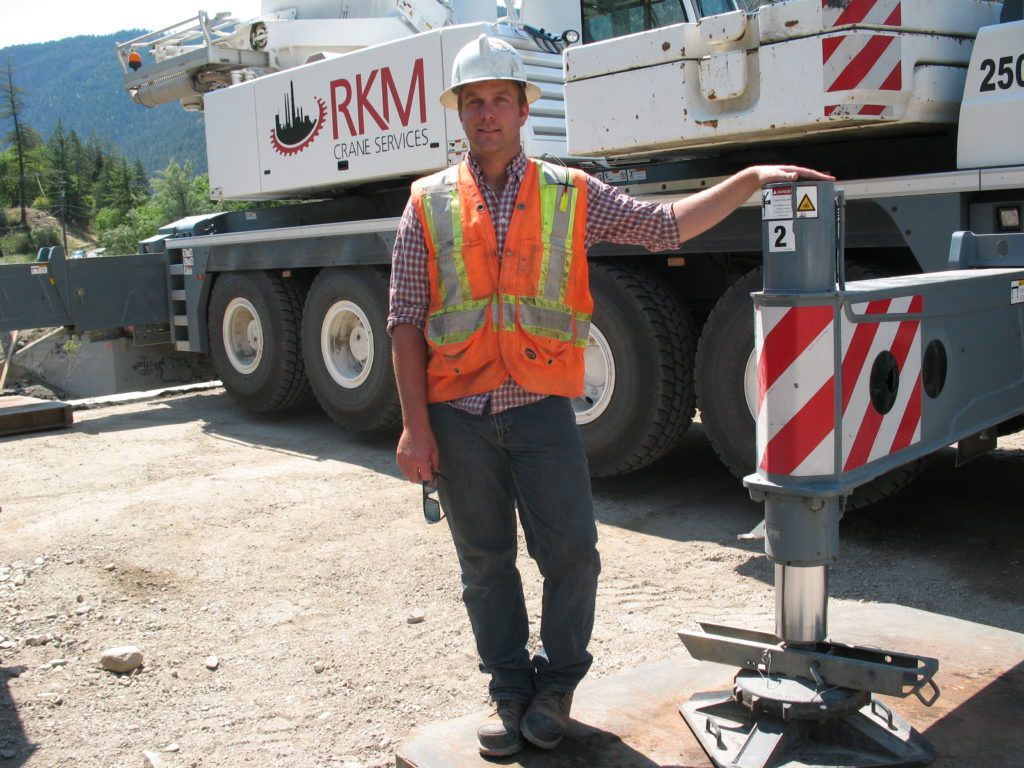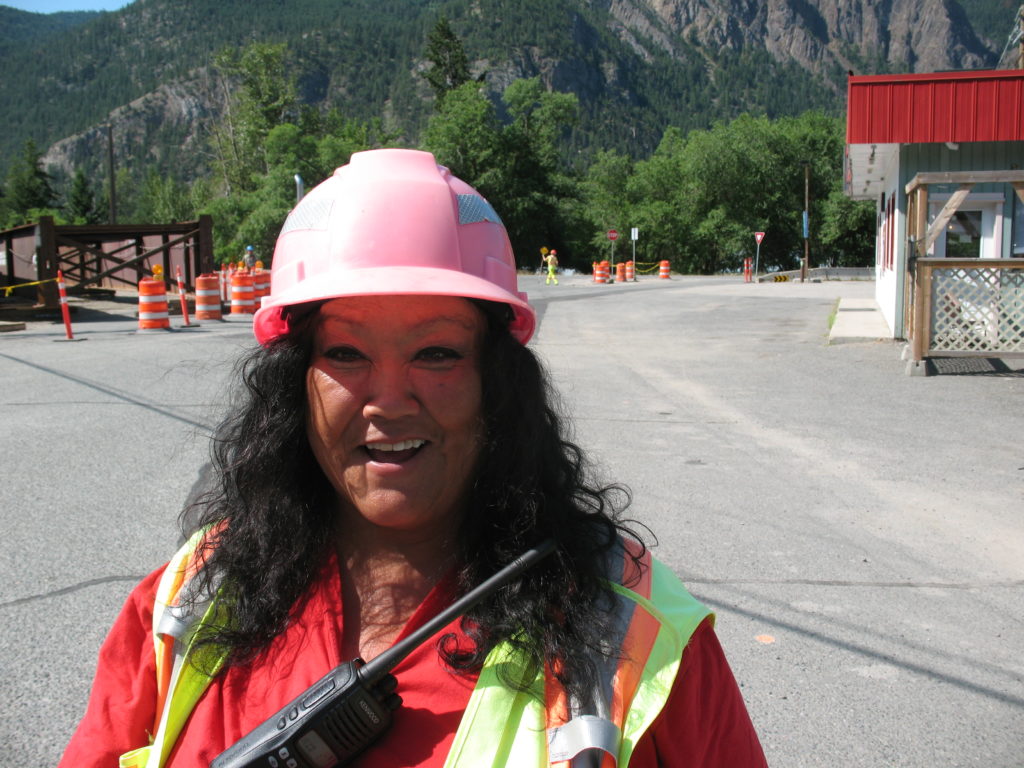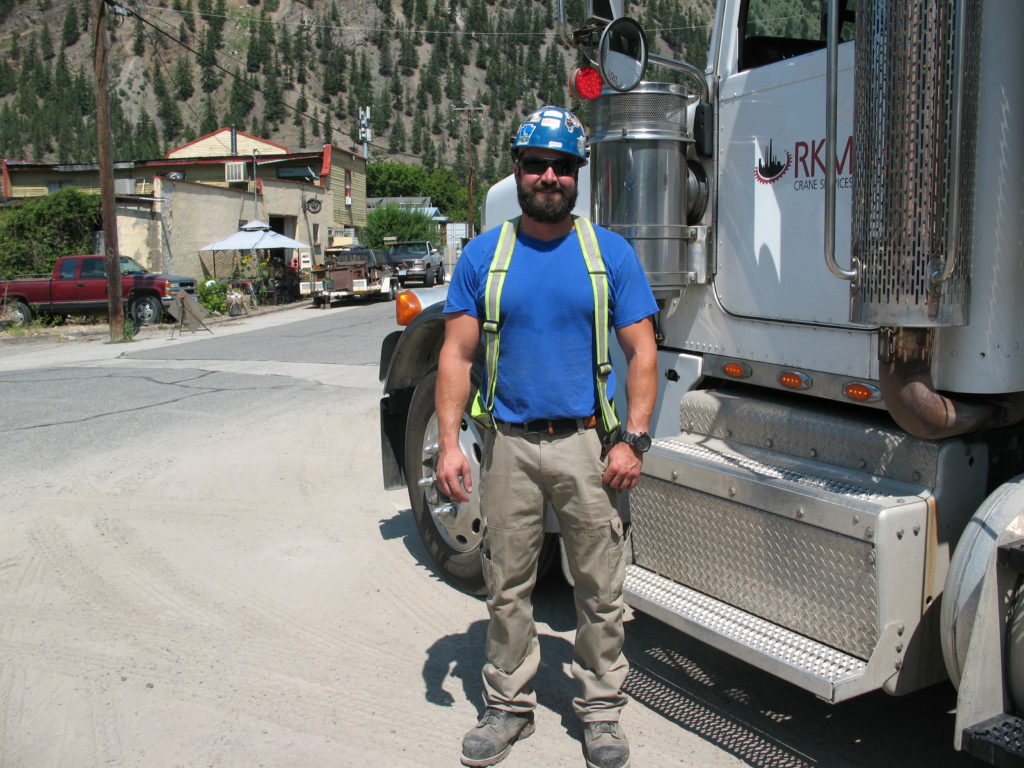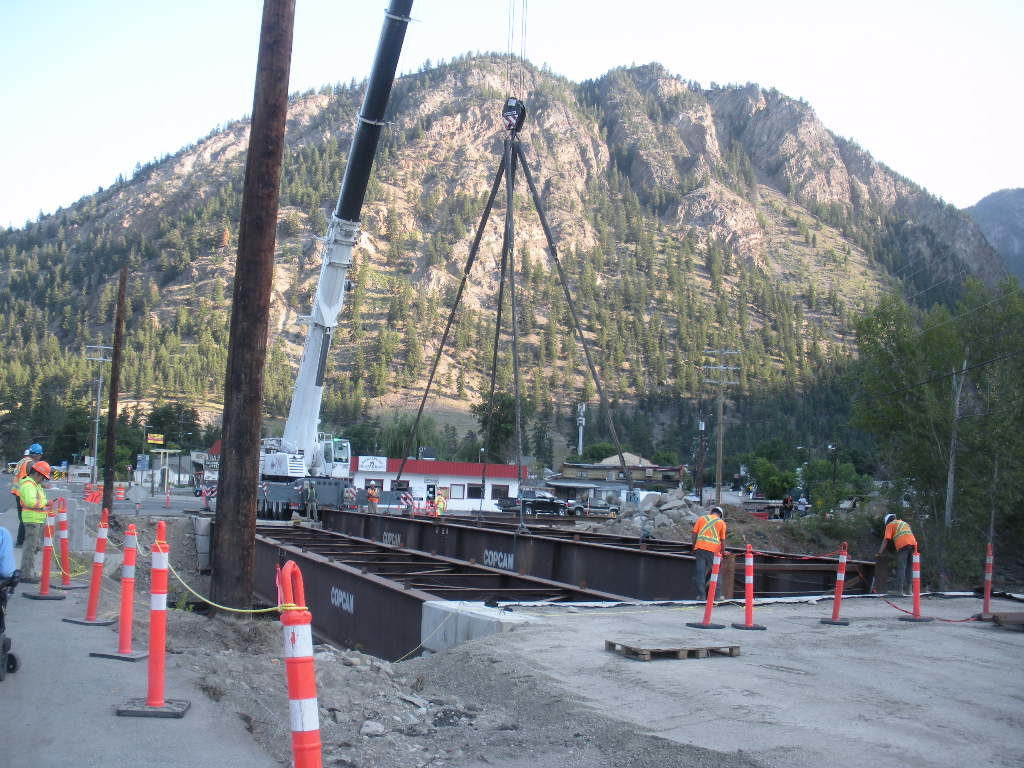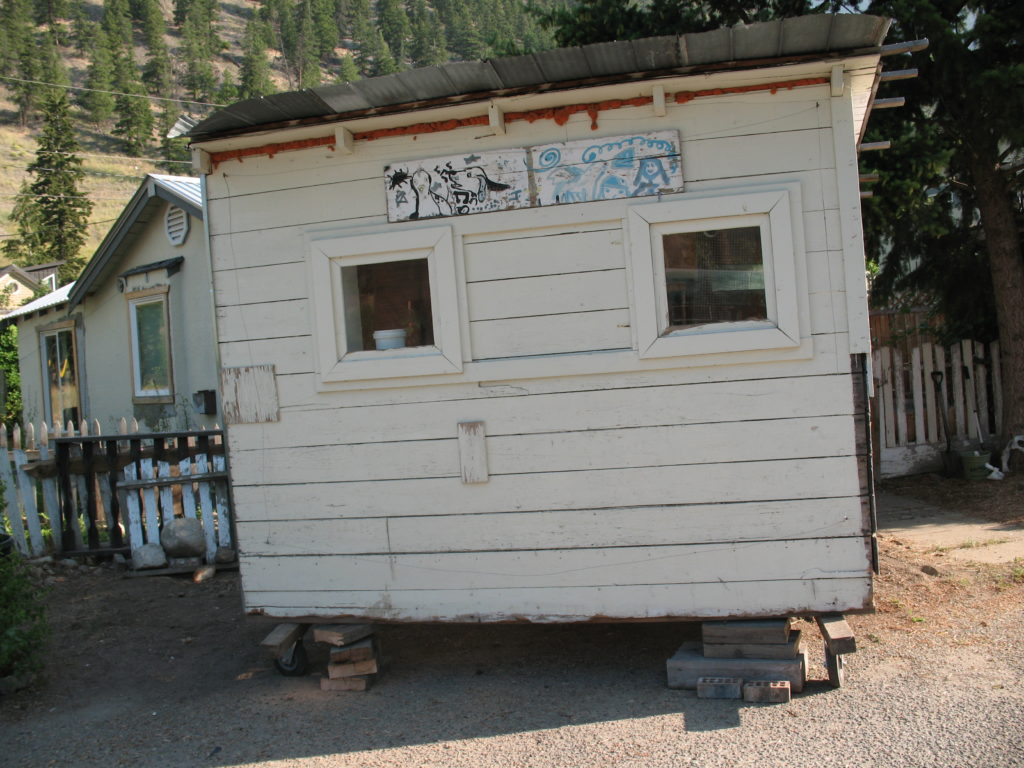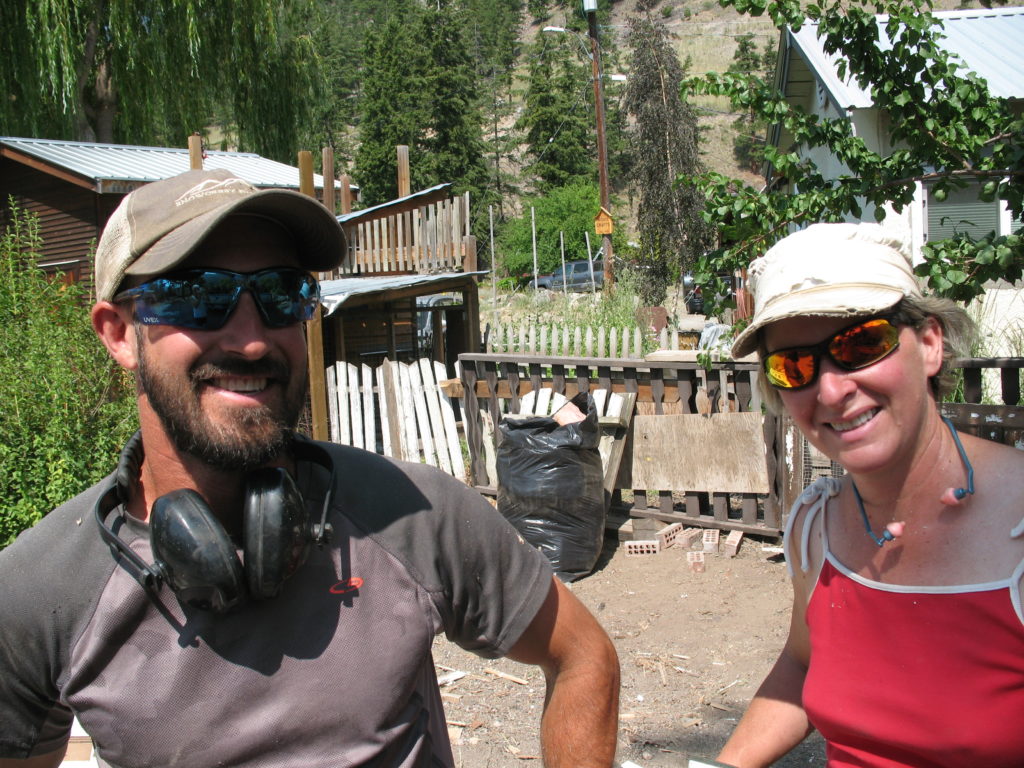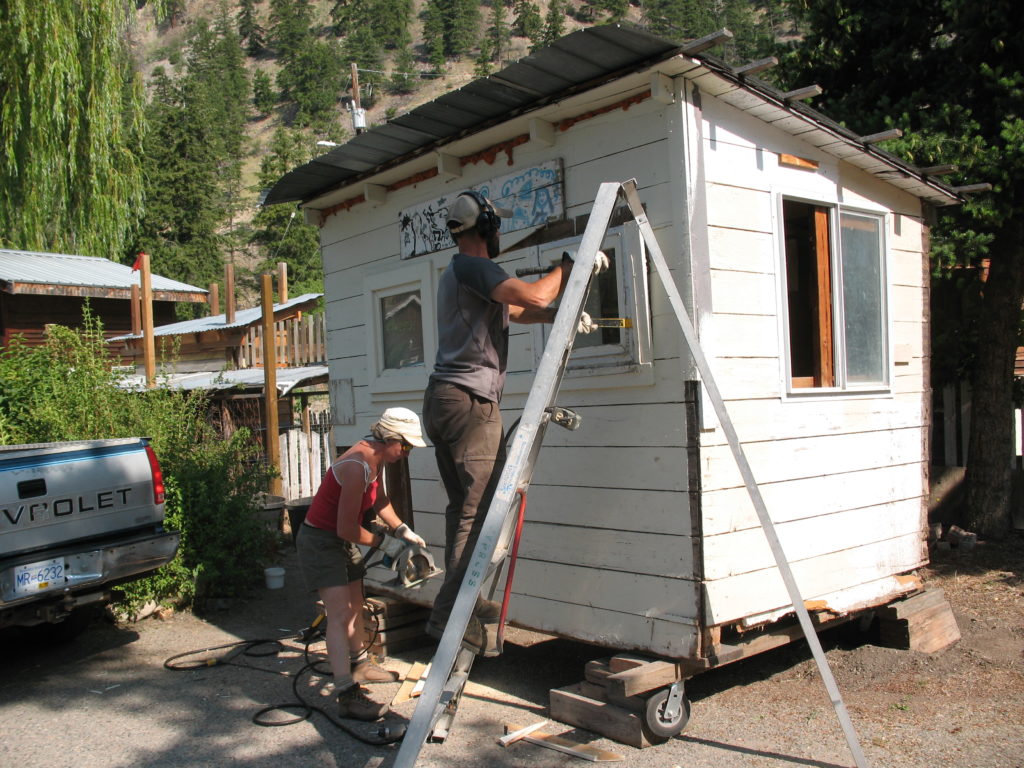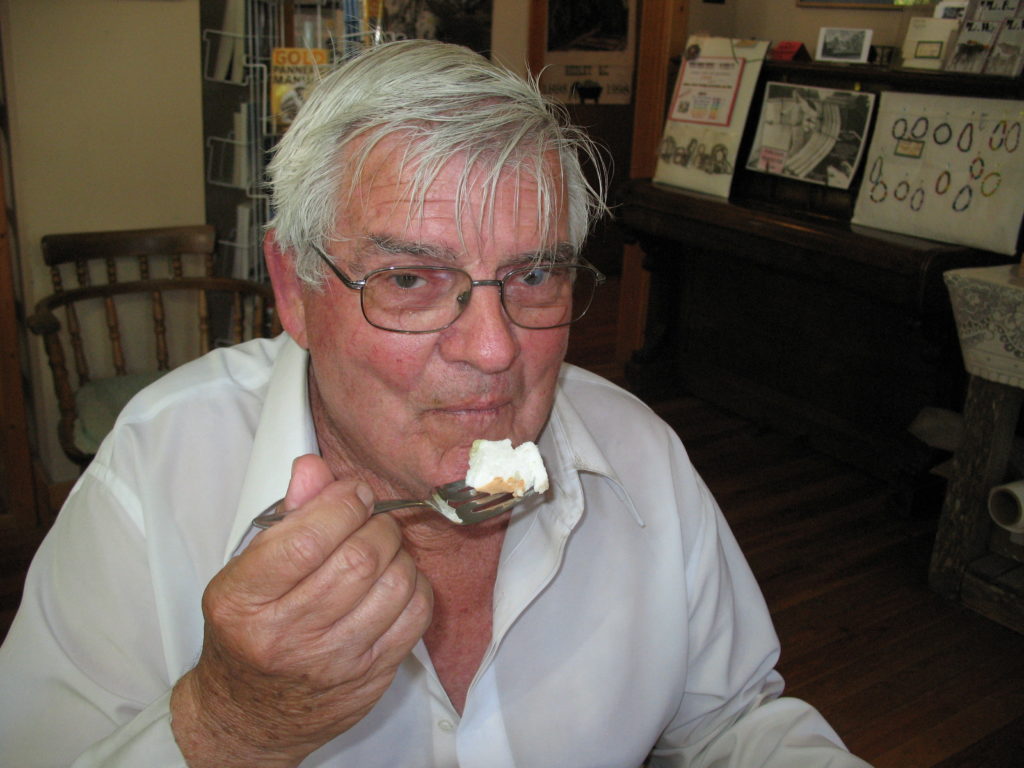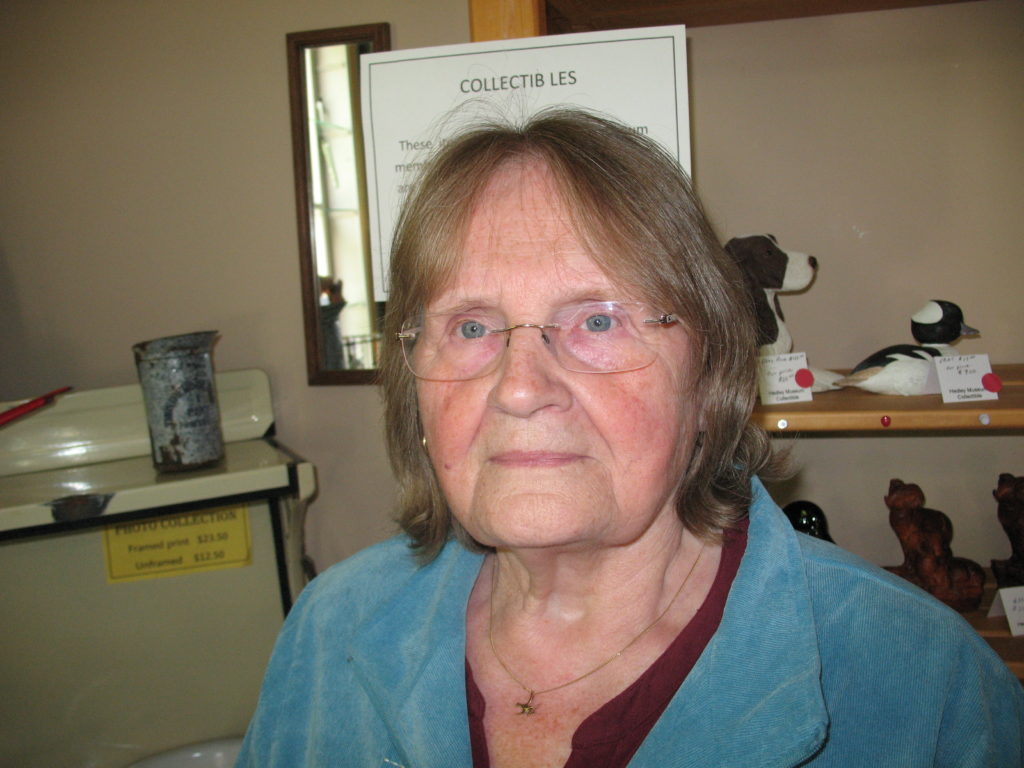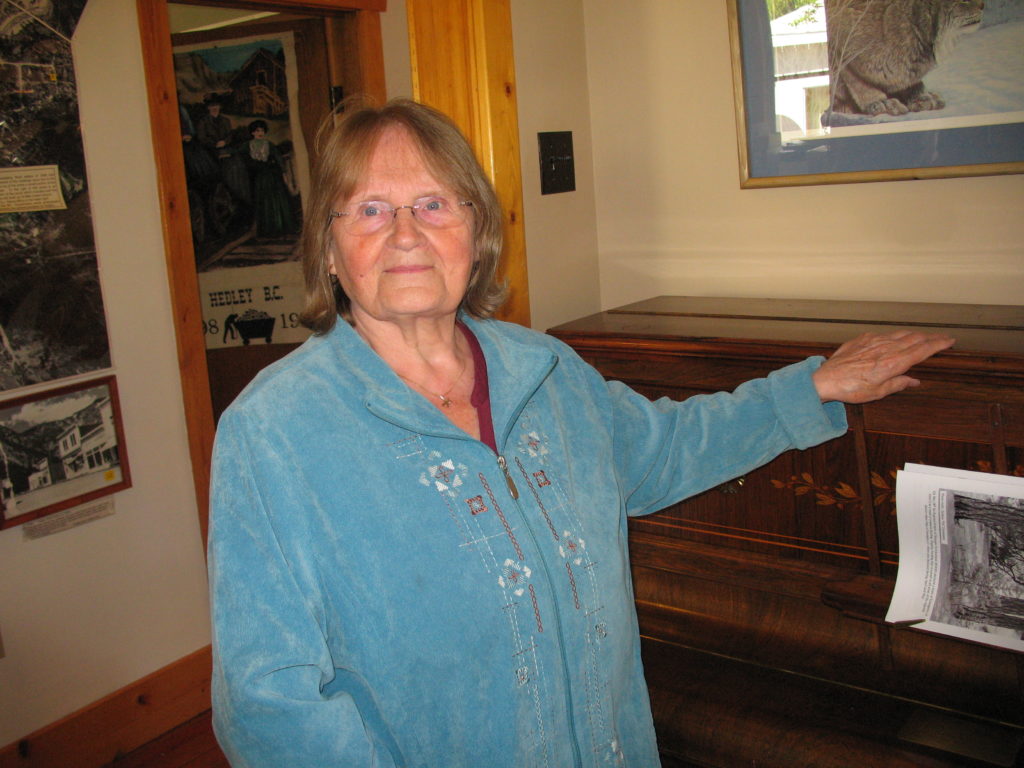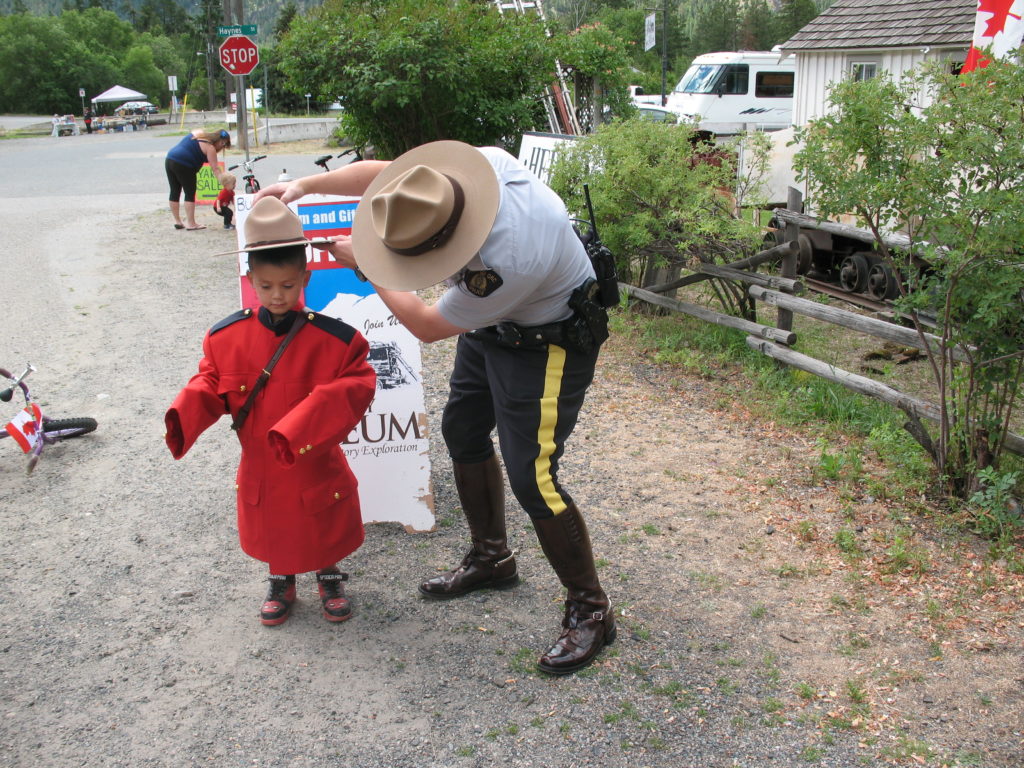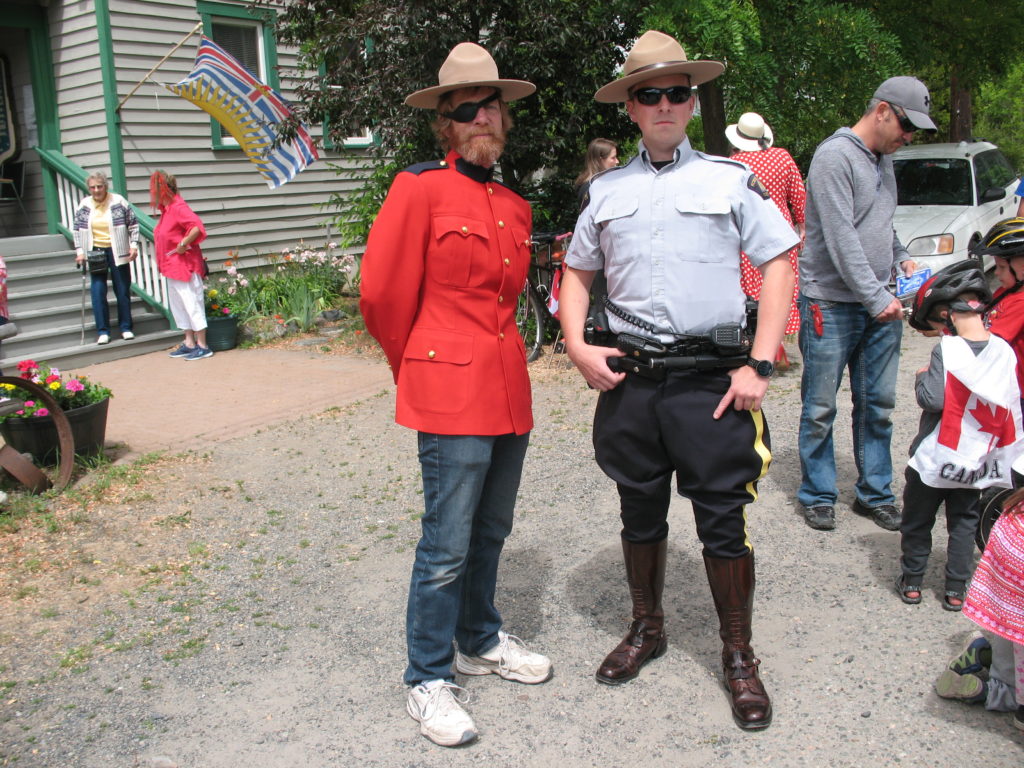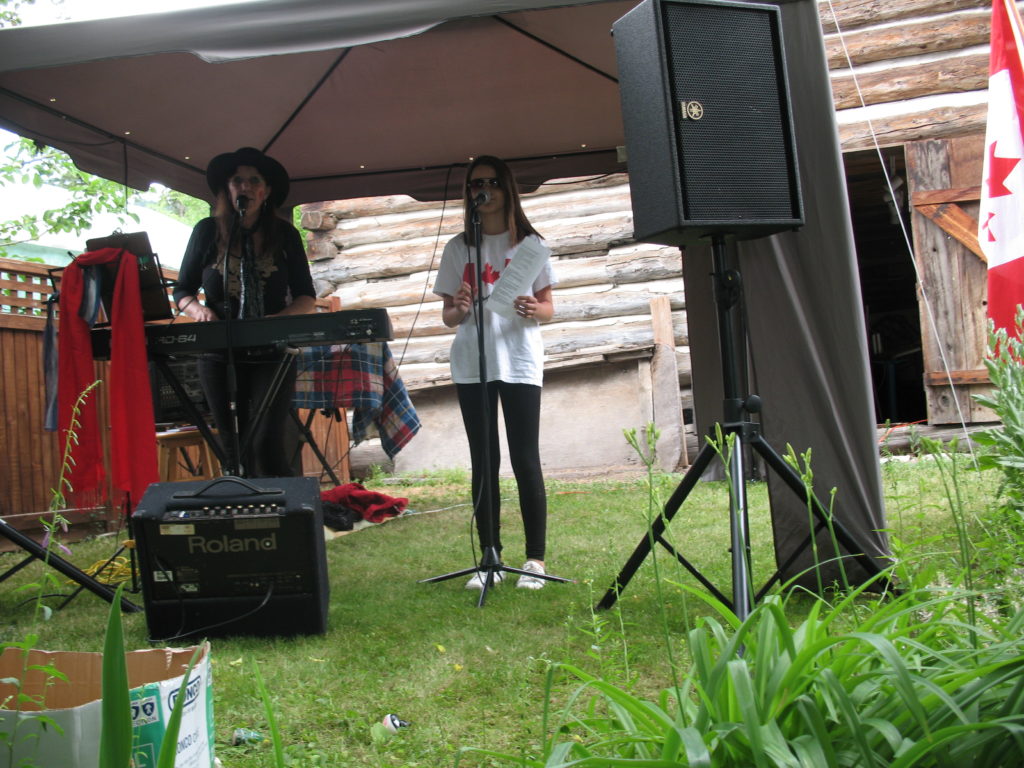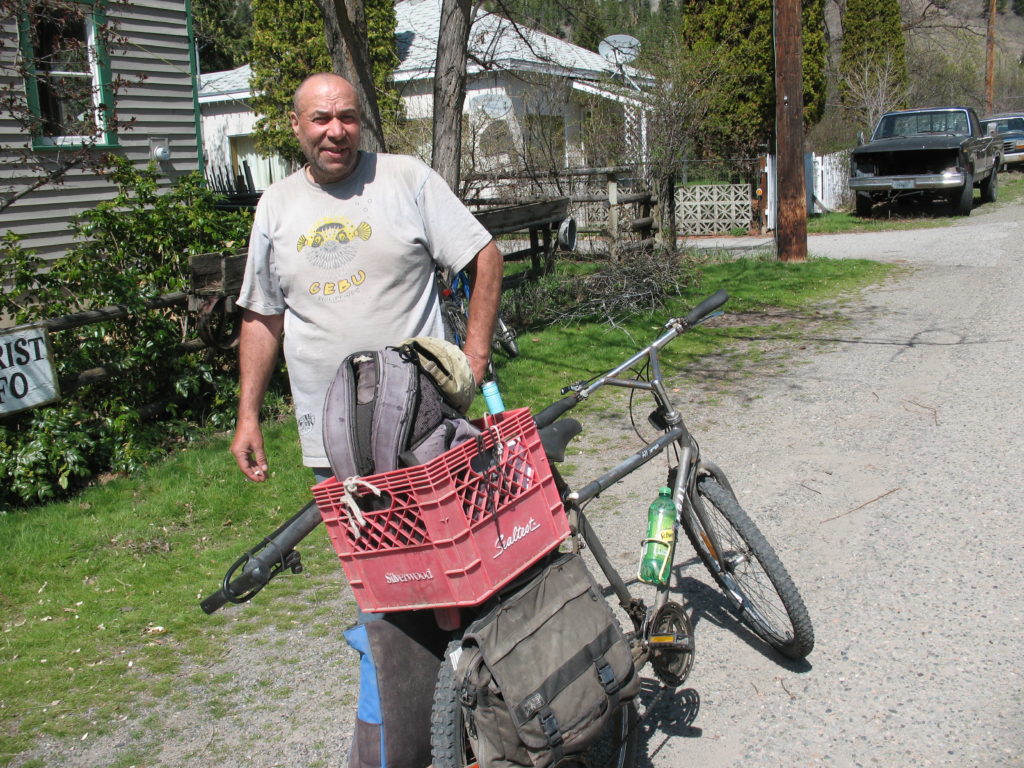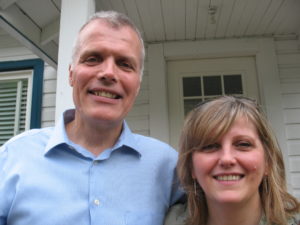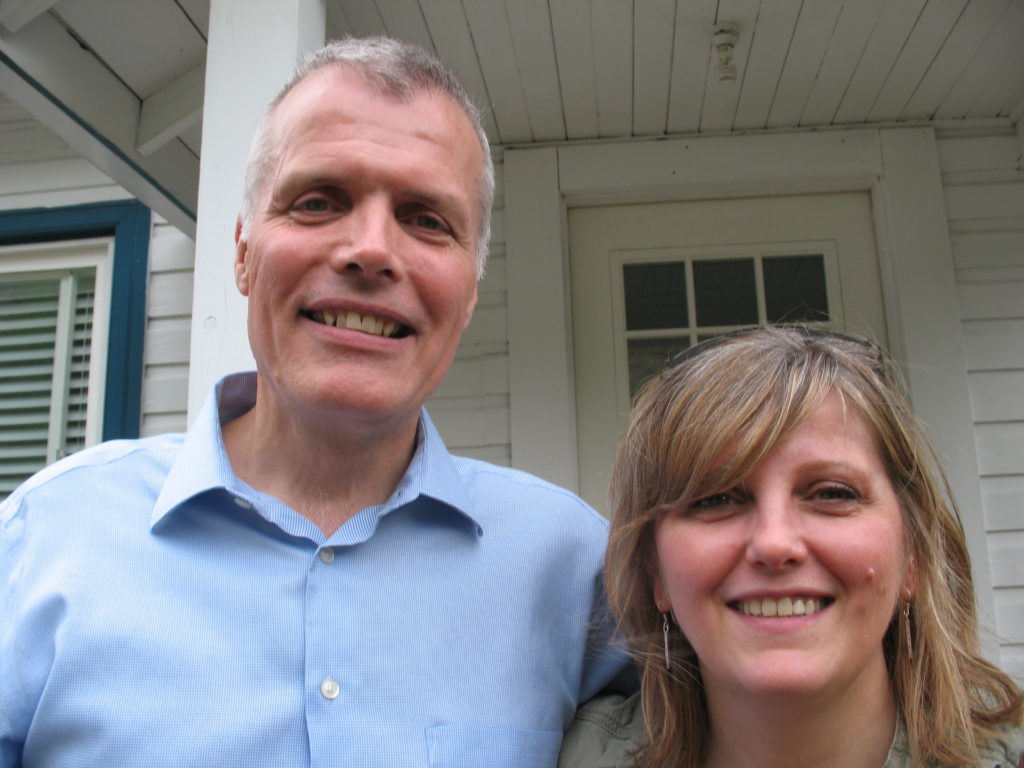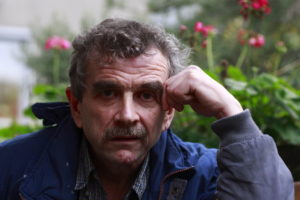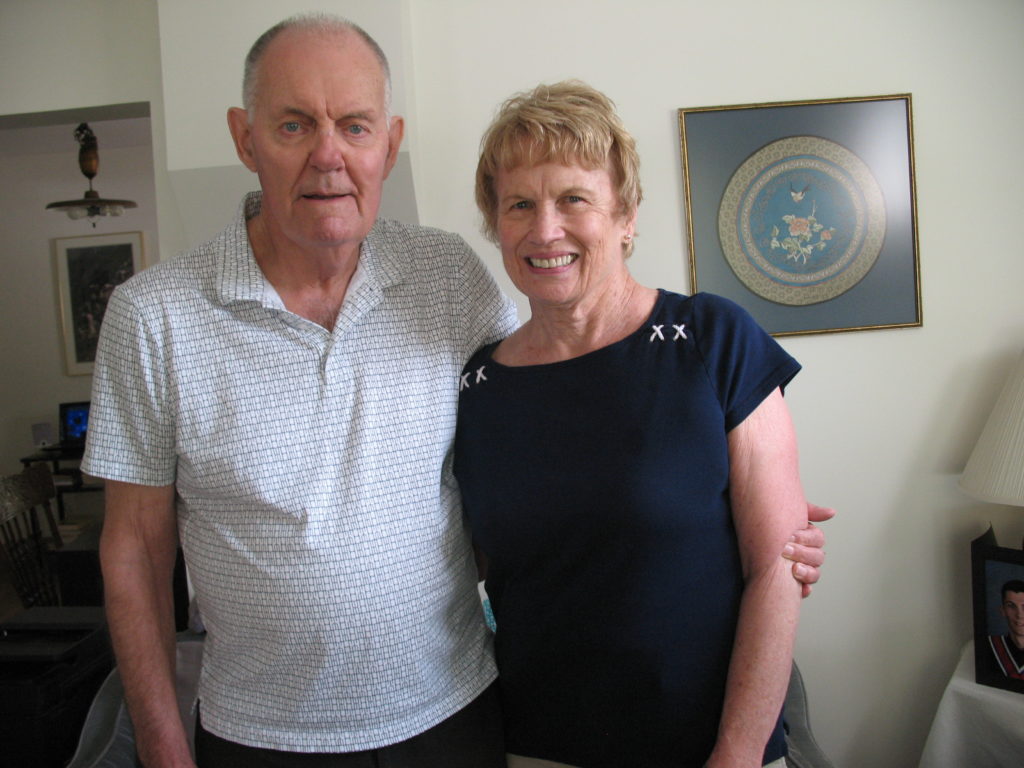
This summer Linda and I have enjoyed conversations with a number of individuals who lived here in their childhood and teen years. They wanted to come back to explore their roots. Fortunately, many aspects of the roots still exist.
In spring Jim and Doug Cade visited in our home. (Click here to read their story https://livingsignificantly.ca/2018/03/18/boyhood-adventures-hedley/) . Jim quite casually mentioned that their friend Bill Bradley had lived in our home in his early years. I called Bill, who lives with his wife Diana in Summerland. He and Diana accepted our invitation to visit. They did come and Bill toured his former home, pointing out a variety of changes, especially in the bathroom. We recorded that conversation as well. ( See https://livingsignificantly.ca/2018/05/30/bill-bradley-growing-hedley/). At the Hedley Museum we met Gwen Erickson Fraser and I did an interview with her. https://livingsignificantly.ca/2018/07/15/recollections-hedley-1940s/ There were also others with whom we had less formal contacts.
These individuals are fortunate. Although several businesses and a few homes have burned, for the most part the community they grew up in is still very much recognizable. Our visitors from the past have been happy to tell us about the buildings that burned, and who owned them.
Several weeks ago we received an e-mail from Diana Bradley. She was planning a family gathering in Hedley to celebrate Bill’s 80th birthday. She had booked the entire Hedley Inn & Hostel. She had also arranged for a Saturday evening dinner at the Hitching Past. A visit to the Hedley Museum was in her plans.
In her e-mail she asked if they could assemble in front of our home for a family photo session. We didn’t need any persuasion.
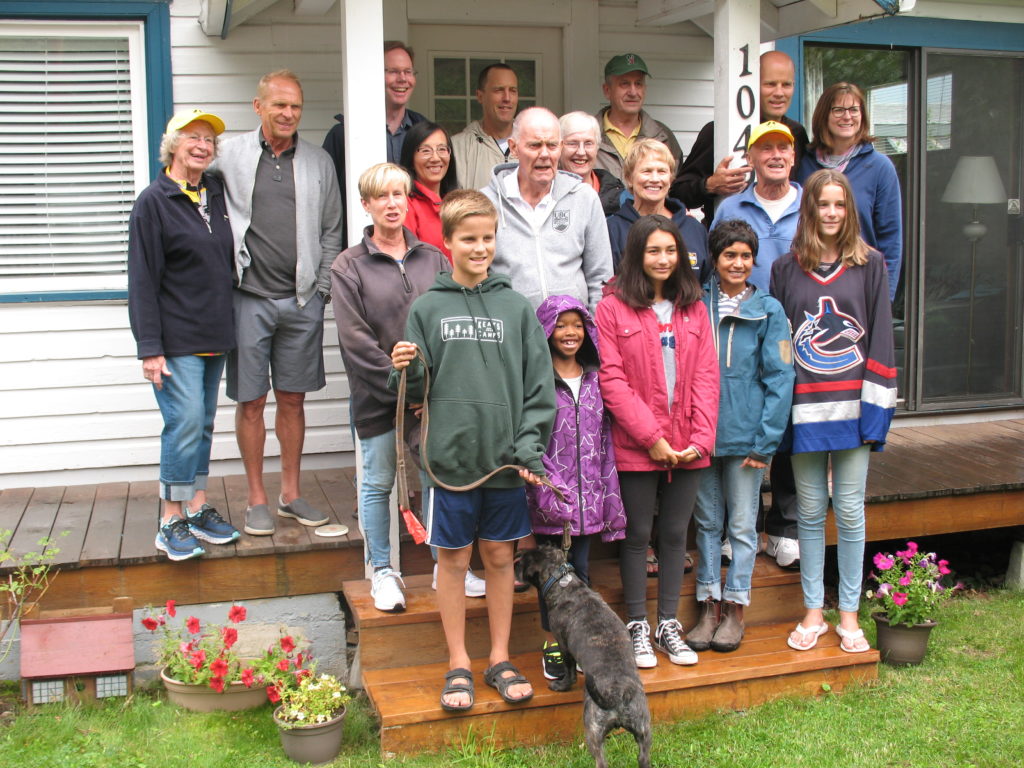
It was a happy, smiling gang that arrived. They seemed pleased to be checking out the little town where Bill enjoyed many youthful adventures. For Bill introducing his family to his roots was evidently a positive experience. As they were about to leave Hedley he said, “next time I’ll come back sooner.”

We look forward to having more oldtimers explore their roots in this former gold mining boom town.

